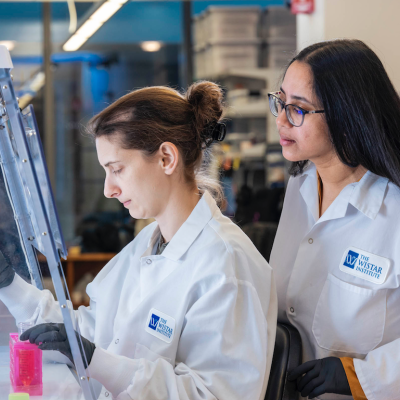Enacting Isaac Wistar’s vision and legacy, The Wistar Institute continues its history of groundbreaking research aimed at improving human health.
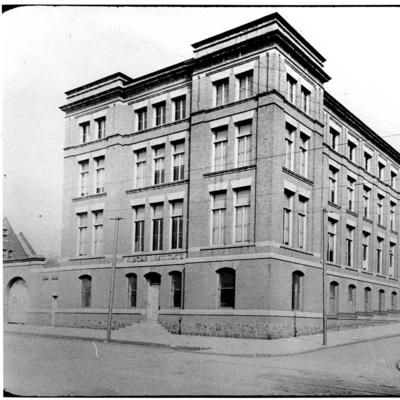
Founding of The Wistar Institute
The Wistar Institute was established in 1892. In 1894, The Wistar Institute building, designed to house the museum and provide space for research activities, opened its doors.
The Conference of Anatomists
An advisory board composed of the country’s most influential anatomists convened at Wistar and declared “the principle object of the Institute to be research.”
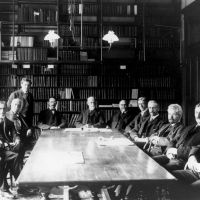
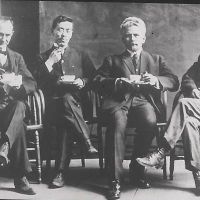
International Scientists Sabbaticals
International scientists came on yearly sabbaticals to Wistar. In 1906, Shinkishi Hatai, Ph.D., (second from left) was the first international scientist to join the Wistar faculty and later became known as the father of Japanese biology.
Helen Dean King
Helen Dean King, Ph.D., was The Wistar Institute’s first female scientist and the first female research professor in the country. She worked at Wistar from 1909 until 1950 and bred the Wistar rat, which was the first standardized lab animal. Today, more than half of all laboratory rats trace their genealogy to the Wistar rat.
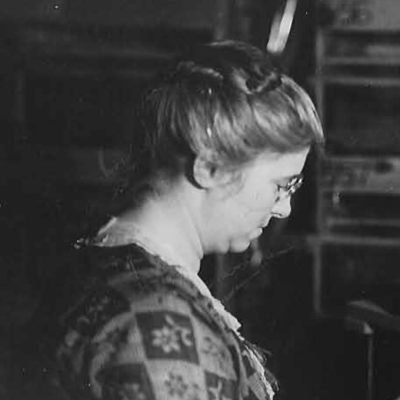

Wistar Press
Wistar installed printing presses on site to support an academic publishing enterprise that began in 1905. The Wistar Press was printing and distributing eight scientific journals internationally by 1924, helping to make Wistar a center of American scientific influence.
Hilary Koprowski
Hilary Koprowski, M.D., was appointed director of the Institute and would lead Wistar for 34 years. Under his direction, the Institute entered its “modern era” and embarked on a major effort to study the biology of cancer as well as discover vaccines.


David Kritchevsky
While working at the Institute in 1959, the biochemist and expert in human nutrition David Kritchevsky, Ph.D., published the influential textbook Cholesterol, which explored his studies on the mechanisms of atherosclerosis, or fat deposits in blood vessels, and the role of cholesterol deposits in cardiovascular disease.
WI-38
Leonard Hayflick, Ph.D., and Paul S. Moorhead, Ph.D, established the WI-38 cell line of human diploid fibroblasts in 1962. While many experimental cell lines available at that time derived from cancers or were genetically abnormal, WI-38 cells were the first and most extensively studied “normal” cell line to be grown in virtually unlimited quantities. WI-38 cells have been used to develop lifesaving vaccines.
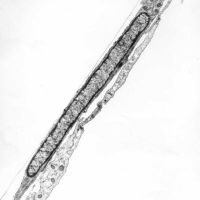
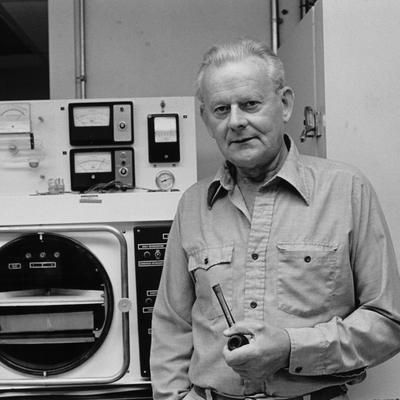
Rabies Vaccine
The rabies vaccine of human diploid cell origin was discovered by Tadeusz Wiktor, V.M.D., Hilary Koprowski, M.D., and Mario V. Fernandes, D.V.M. In contrast to earlier rabies vaccines, deriving from the work of Louis Pasteur, the Wistar vaccine discovery prompts a stronger immune response, making it almost 100% effective while causing fewer side effects and being considerably less painful to administer. The vaccine is widely used in the U.S., western Europe and other countries.
Rubella Vaccine
Stanley Plotkin, M.D., and Koprowski discovered the vaccine of choice against rubella, also known as German measles. Rubella led to various birth defects including blindness, deafness and severe intellectual developmental disorders as well as miscarriages and stillbirths across Europe and the U.S. in the 1960s.
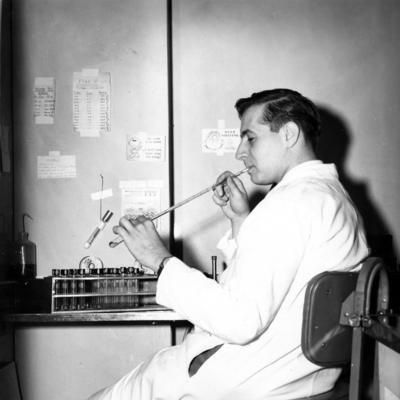
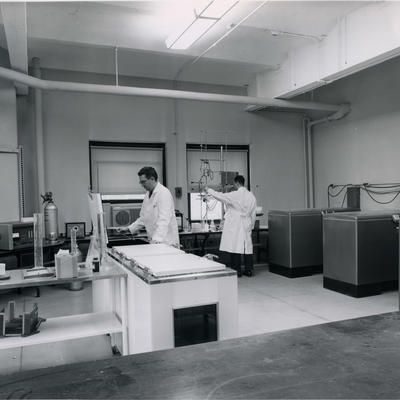
NCI Cancer Center
Wistar was named a National Cancer Institute-designated cancer center and was one of the first research institutes to achieve this distinction, which Wistar has continuously held ever since.
Monoclonal Antibody Research
In 1979, Wistar scientists were among the first to develop and license antiviral and anti-tumor cell monoclonal antibodies and Wistar moved to the forefront of monoclonal antibody research.
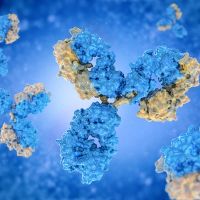
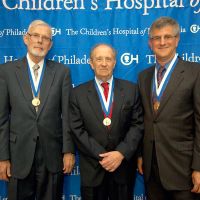
Rotavirus Vaccine
H. Fred Clark, D.V.M., Paul A. Offit, M.D., and Stanley A. Plotkin, M.D., of The Wistar Institute and the Children’s Hospital of Philadelphia, began their effort to discover a vaccine against a virus that causes severe diarrhea and vomiting among infants and young children and is responsible for tens of thousands of hospitalizations in the United States and hundreds of thousands of deaths around the world each year.
IL-12
Giorgio Trinchieri, M.D., discovered the cytokine Interleukin-12 (IL-12). Cytokines are small secreted proteins with important functions in the regulation of hematopoiesis, immunity and cancer. IL-12 has applications as adjuvant in cancer immune therapy and monoclonal antibodies against IL-12 are used to treat the skin disease psoriasis.
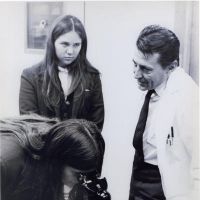

RNA Editing
Kazuko Nishikura, Ph.D., discovered a mechanism of RNA regulation through which cells can make discrete changes in the sequence of nucleotides — the “letters” in the RNA code, ultimately affecting the protein product. She characterized a family of enzymes called ADAR (adenosine deaminase acting on RNA) that are responsible for RNA editing.
3-D Skin Model
Meenhard Herlyn, D.V.M., D.Sc., developed a three-dimensional human skin model that is instrumental in the study of melanoma biology and resistance to therapy.

Giovanni Rovera
In 1991, Giovanni Rovera, M.D., succeeded Dr. Koprowski. He recruited a talented group of young cancer investigators with expertise in genetics, structural biology, biology, and immunology. Dr. Rovera’s research focused on the molecular basis of leukemia and childhood malignancies.
100th Anniversary
In 1994, the Institute celebrated the centennial of the original Victorian research building opening. A dinner was held to honor Isaac’s request that one of the unique bequests he made to the Institute– a bottle of rum, be drunk “on the completion of the first century of its corporate existence.” On this occasion, the Wistar Award was established to honor individuals who have been instrumental in ensuring the continuing vitality of the Institute, and it was presented to Robert A. Fox.

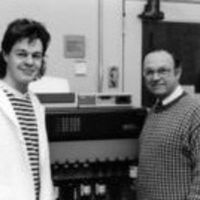
Wildlife Rabies Vaccine
William H. Wunner, Ph.D., Peter J. Curtis, Ph.D., and other Wistar scientists discovered an oral rabies vaccine to be administered prophylactically through bait to particular wildlife populations. First approved in 1995 to prevent raccoon rabies, it is used worldwide to protect wild animals, and in turn benefit humans.
Launch of BTT Program
In collaboration with the Community College of Philadelphia, Wistar launched a two-year training program to prepare college students for a career as research technicians. The program, which was the first of its kind and continues to present day, was started by William H. Wunner, Ph.D., Wistar’s director of Academic Affairs and director of Outreach Education and Technology Training.
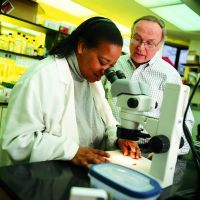
Throughout the 2000s, Wistar scientists made seminal discoveries in the field of epigenetics and RNA transcription, contributing new knowledge on the role of histone modifications in gene regulation and DNA repair and how different RNA species, including microRNAs (miRNA) and long noncoding RNAs (lncRNA), are generated and how they regulate gene transcription.
Russel Kaufman
During his tenure, which began in 2002, Russel Kaufman, M.D., embarked on strategic planning and faculty recruitment, and fostered collaborations with regional academic and life sciences industry partners. Dr. Kaufman guided the Institute through its $35 million capital campaign, “Building Wistar, Changing the World,” which began in 2010 and supported the building of the Fox Tower and has substantially raised Wistar’s endowments. Dr. Kaufman stepped down as president and CEO in 2015.

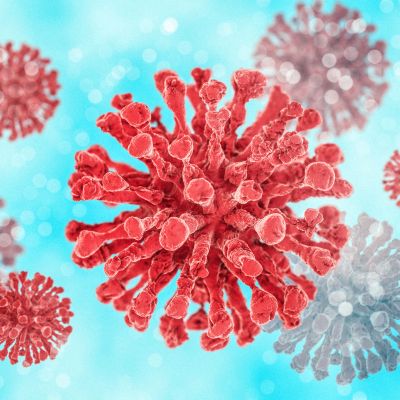
RotaTeq Approval
The FDA announced the licensing of the rotavirus vaccine developed collaboratively by Wistar, Children’s Hospital of Philadelphia, and Merck & Co., Inc. in the 1980s. The vaccine is sold as ROTATEQ® and is part of the recommended immunization schedule for infants 6 weeks to 32 weeks of age.
Launch of Vaccine Center
Wistar celebrates the launch of the Wistar Vaccine Center with Hildegund C.J. Ertl, M.D., as its first leader. Extending Wistar’s history of accomplishment in vaccine development, the new Vaccine Center was designed to draw upon the Institute’s strengths in immunology, virology, and other research disciplines to develop new vaccines for HIV, rabies, influenza, Hepatitis C, malaria and other infectious diseases.

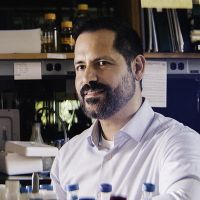
Telomerase Structure
Emmanuel Skordalakes, Ph.D., was the first to decode the structure of the catalytic portion of telomerase, the enzyme that replicates DNA at the chromosome end (telomeres).
Launch of Melanoma Research Center
Wistar launched the The Wistar Melanoma Research Center under the direction of Meenhard Herlyn, D.V.M., D.Sc., in an effort to fast track basic research that could lead to defining new therapies. The Center would represent a hub to connect scientists and physicians at universities, research institutions, medical centers, and pharmaceutical companies.
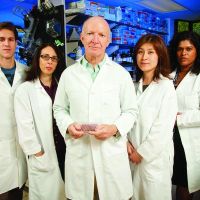

Dario Altieri
Cancer biologist Dario C. Altieri, M.D., was appointed director of the Wistar Cancer Center, which he expanded by recruiting a “critical mass” of multidisciplinary researchers. In 2015, Dr. Altieri became president and CEO of the Institute while retaining his role as director of the Cancer Center. Dr. Altieri also leads a research program that studies how tumor cells evade programmed cell death and the role of mitochondria, power plant of the cells, in tumor metabolism.
Robert & Penny Fox Tower
The Robert and Penny Fox Research Tower opened its doors. The new addition adds nearly 90,000 square feet of cutting-edge laboratory space to the Institute, allowing a more integrated style of research and reflecting the contemporary “team science” discovery approach.

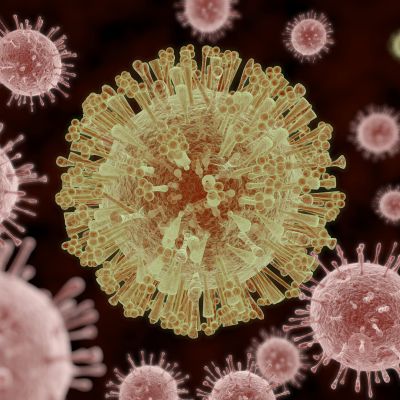
Zika Vaccine
A new generation DNA-based vaccine against Zika virus showed protection from infection, brain damage and death in a preclinical model. The vaccine was discovered by David B. Weiner, Ph.D., new director of the Vaccine & Immunotherapy Center and Wistar’s executive vice president, and his collaborators at Wistar and partner institutions. The same year, the FDA approved the start of the first human clinical trial of this vaccine that demonstrated its safety and efficacy at inducing an immune response against the virus.
Tumor Immunology Discoveries
In 2016, Dmitry I. Gabrilovich, M.D., Ph.D., and his research team identified a marker for myeloid-derived suppressor cells (MDSCs), a population of immune cells implicated in tumor resistance to various types of cancer treatment, including targeted therapies, chemotherapy and immunotherapy. The new marker has a potential clinical impact as it could be used to help direct treatment decisions and to target MDSCs for therapeutic benefit.
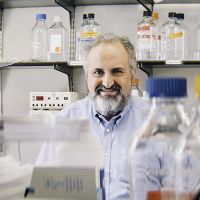

Launch of BRT Apprenticeship
Wistar’s Biomedical Research Technician (BRT) Apprenticeship is the first-ever registered, nontraditional apprenticeship program for biomedical research ratified by the Pennsylvania Department of Labor & Industry. The apprenticeship offers apprentices a career pathway to becoming biomedical research technicians in a research laboratory environment and is an extension of the Institute’s Biomedical Technician Training Program.
Helen Dean King Award Ceremony
Wistar’s Women & Science Program launched the Helen Dean King Award to honor prestigious scholars who have made groundbreaking contributions to biomedical research and cracked the science glass ceiling. Named after Dr. Helen Dean King, a well-respected geneticist and the first female scientist to work at Wistar in the early 1900s, the award is a testament to her and all women in science.
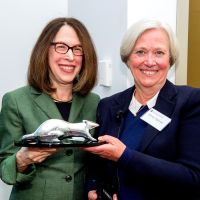
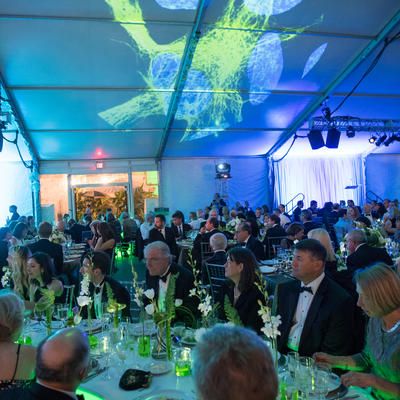
125th Anniversary
The Wistar Institute celebrated 125 years of research discoveries and breakthroughs. A series of events held throughout the year commemorated Wistar science and acknowledged its community of supporters. The same year, the Wistar family celebrated the 300th anniversary of the arrival of their ancestor to Philadelphia from Germany.
Caspar Wistar Fellowship
The Caspar Wistar Fellows Program was launched to provide recent Ph.D. or M.D. graduates with exceptional support and resources to pursue an accelerated path as independent principal investigators and join the next generation of scientific leaders. Rahul S. Shinde, D.V.M., Ph.D., joined as the inaugural Caspar Wistar Fellow.
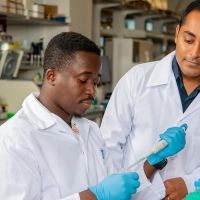
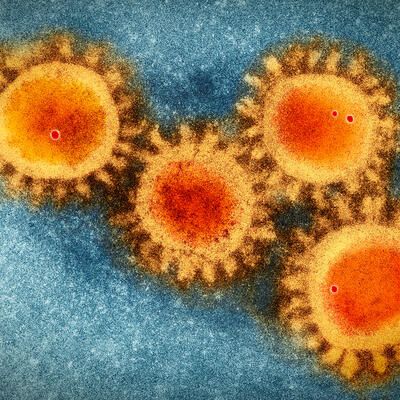
Wistar’s Response to the COVID-19 Pandemic
Shortly after the SARS-CoV-2 virus began spreading across the globe, Wistar scientists undertook major research efforts to advance vaccines and other solutions for COVID-19. Supported by positive results from preclinical testing, a DNA-based vaccine co-developed by the Weiner lab and collaborators advanced to phase 1 clinical testing in 10 weeks.
The Ellen and Ronald Caplan Cancer Center
Wistar announces the renaming of renowned Cancer Center to the Ellen and Ronald Caplan Cancer Center of The Wistar Institute, following a $10 million donation to support our scientists’ high-impact discoveries toward promising cancer therapies. Celebrating 50 years of National Cancer Institute (NCI) designation, Wistar will be among the nation’s first named NCI-designated basic research cancer centers.


Most Admired CEO Award
The Philadelphia Business Journal names Wistar President and CEO Dr. Dario C. Altieri as one of the Most Admired CEOs of 2023, recognizing his steadfast commitment to excellence in scientific research; fostering a culture of collaboration and innovation.
Launch of Two New Scientific Centers & Historic Expansion
Wistar breaks ground on the Center for Advanced Therapeutics to fast-track collaborative research & technological innovations into promising new drugs & therapies. 2024 also marked an historic expansion of The Wistar Institute footprint with leased space on Market Street in Philadelphia’s University City, the new headquarters for Wistar’s HIV Cure and Viral Diseases Center.
